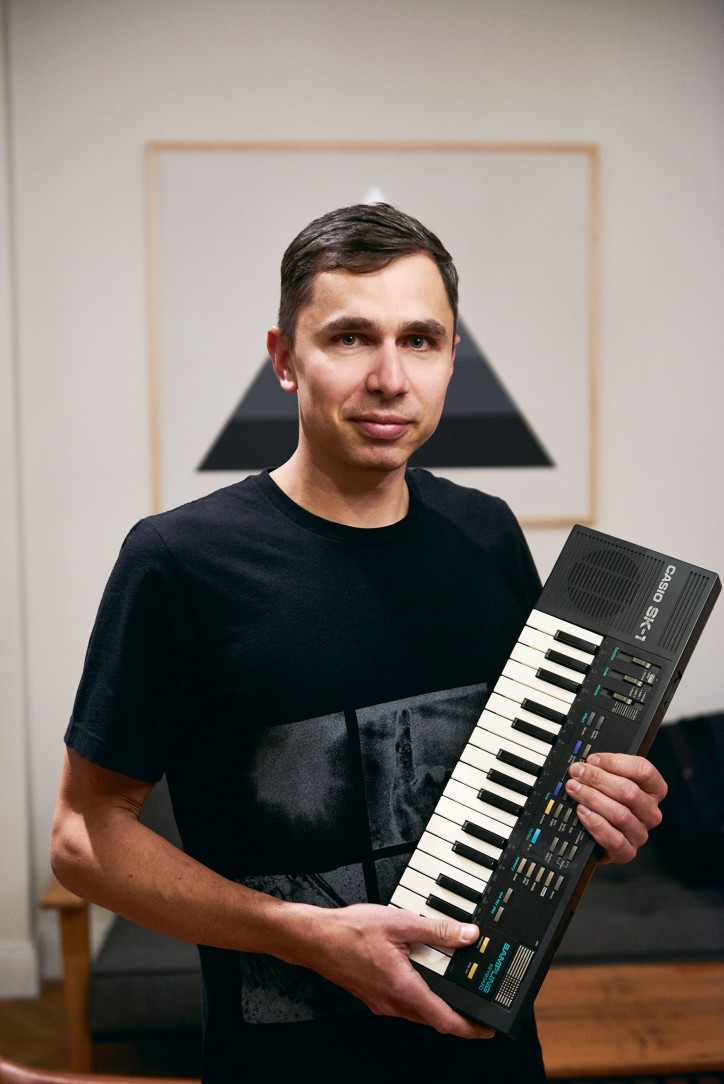
How did Radiohead, Coldplay, Sigur Rós, and The Chemical Brothers end up playing on equipment from a small company in the northern Poland town of Olsztyn?
“Hi, this is Richard, aka Aphex Twin. I’ve seen your kit, it’s fucking amazing! Can I place an order?” The owners of Polyend, based in Olsztyn, received an email out of the blue.
Piotr Raczyński read the message out to his colleague, Czarek Fili, more out of curiosity than anything else.
“Nah, miracles don’t happen,” Czarek told him.
Piotr: “I was annoyed. I thought it was my brother taking the piss. A few months earlier I’d joked that if we ever sold an instrument to Aphex, we’d shut down the company on the spot, because there was nothing more you could achieve in this industry. He’d been my idol since I was a kid!”
“Is this a joke? Prove you’re you!” they wrote back.
In response they received a photo with Aphex Twin holding a piece of paper.
On the piece of paper, which was turned at an angle so there could be no question of it being a photomontage, was a handwritten message: “HI PIOTR!”

Music on a Walkman
At six years old, he already had a Casio synthesizer in his room. He’s kept it as a souvenir. He grew up in a housing estate in Olsztyn. At the same time and in the same place, the metal group Vader was formed, but that wasn’t Piotr’s kind of music.
Piotr: “My first memories of music at home? Vangelis and Jean-Michel Jarre’s records—I didn’t like them then and I don’t now, but at least I was exposed to electronic music. After the Casio, I got a guitar, and as a teenager I played in a band called Why Ducks.”
In seventh grade, on his way to school, he’d listen to cassettes on his Walkman—The Chemical Brothers and Air.
“It started with the album Moon Safari. When I was fifteen, my parents let me go to Air’s concert at the Stodoła club in Warsaw. I squeezed through to the front row, and I watched what they were doing, how they were playing technically, and most importantly, what equipment they had.”
A few years later, he was a regular reader of Machina magazine and the short-lived Kaktus magazine.
“One of the issues had a free CD, which included an Aphex Twin track. I liked it so much that I bought all his albums.”
“At Empik?” [Empik is a popular music and media store in Poland – trans. note]
“Of course not—at the ‘Russki market’ in Olsztyn! They sold pirated DVDs with recorded MP3s. The whole discography fit on one DVD.”
***
Music-wise, there was nothing happening at that time in Olsztyn






